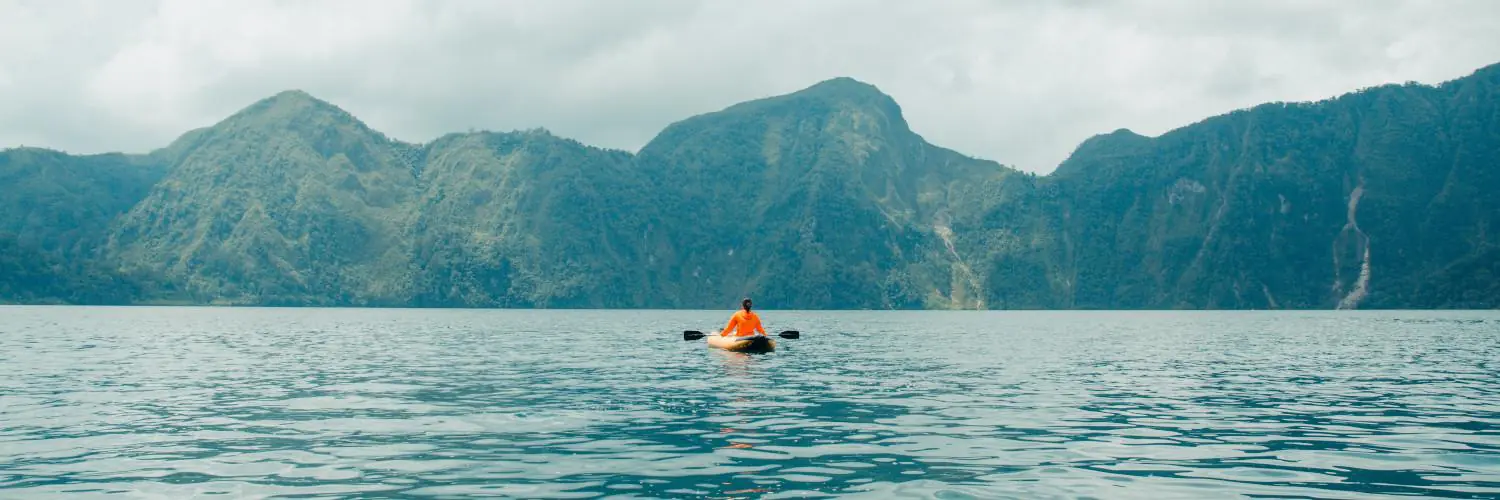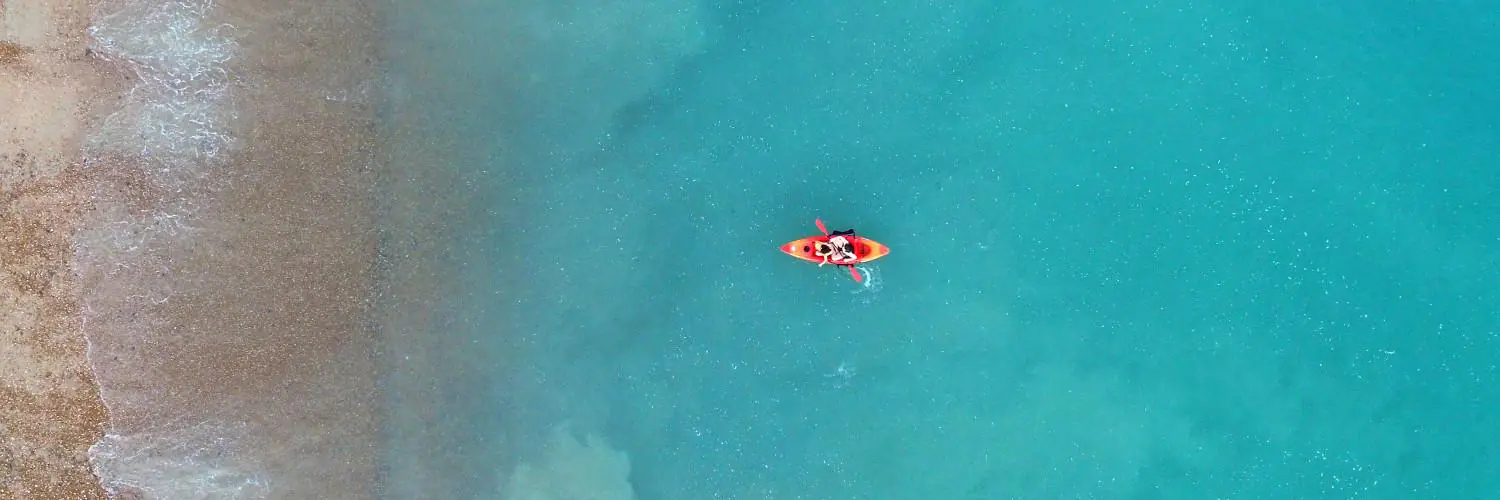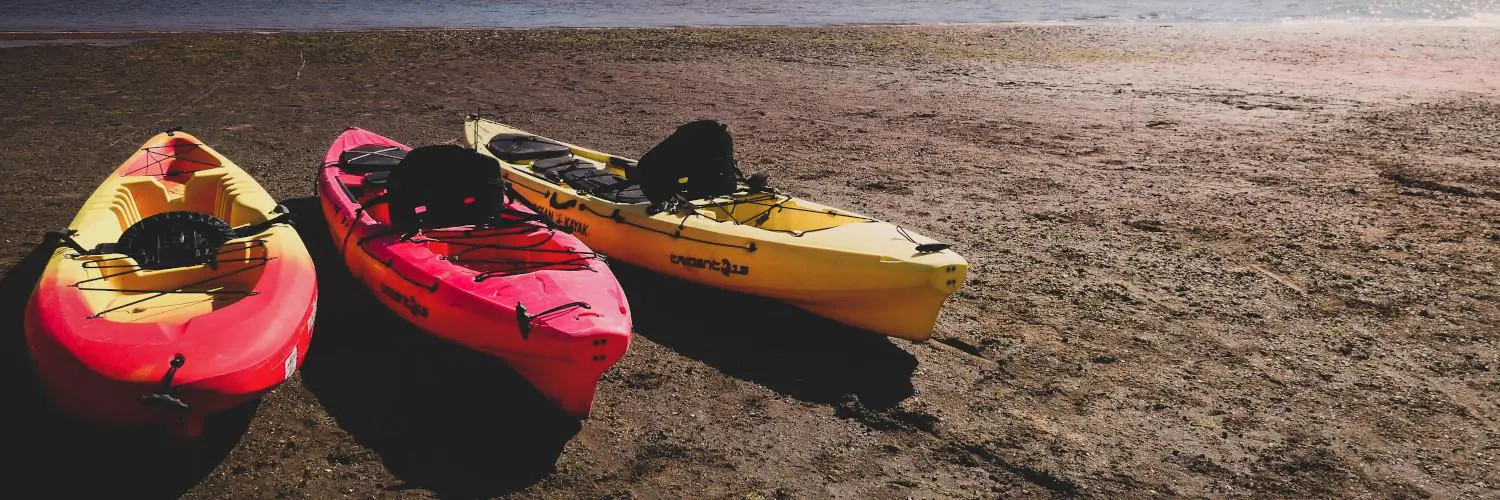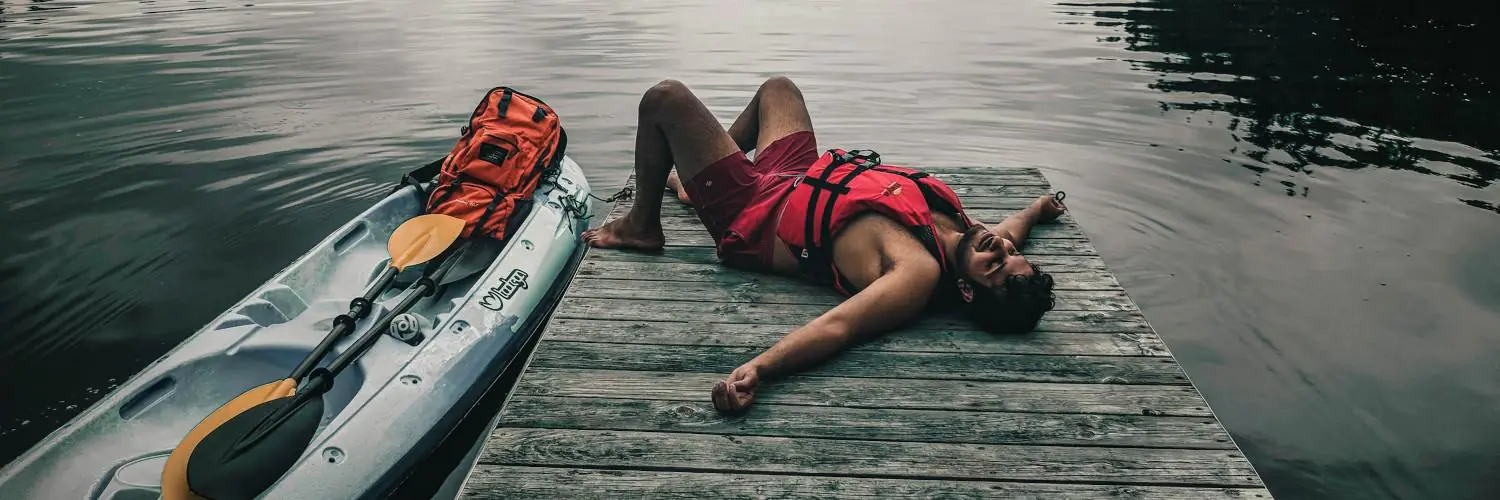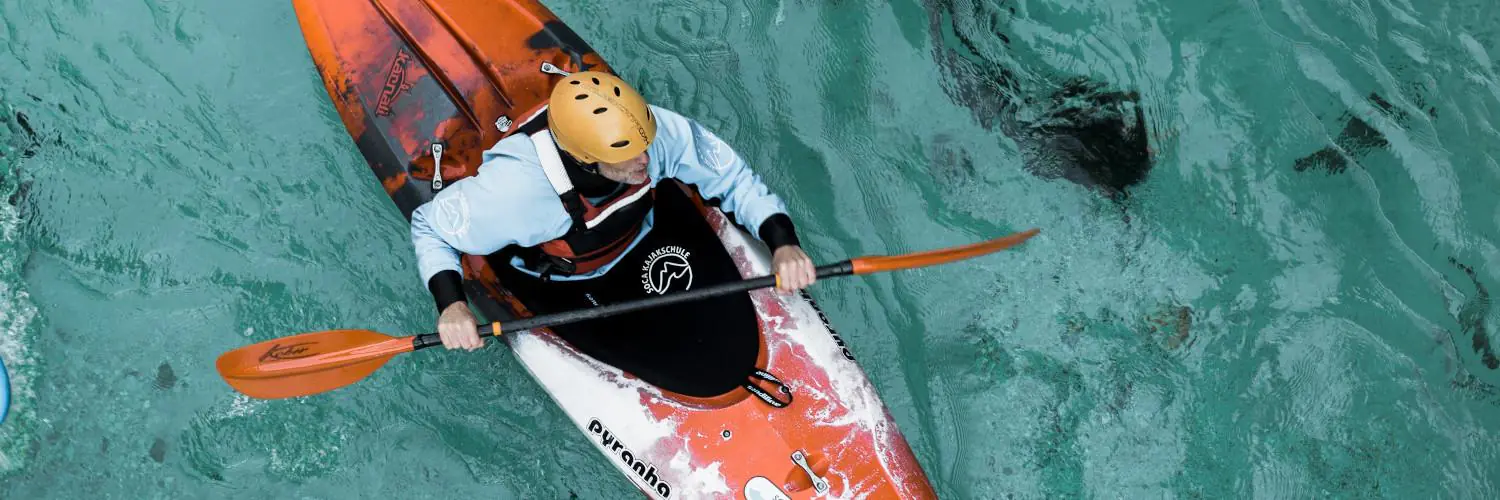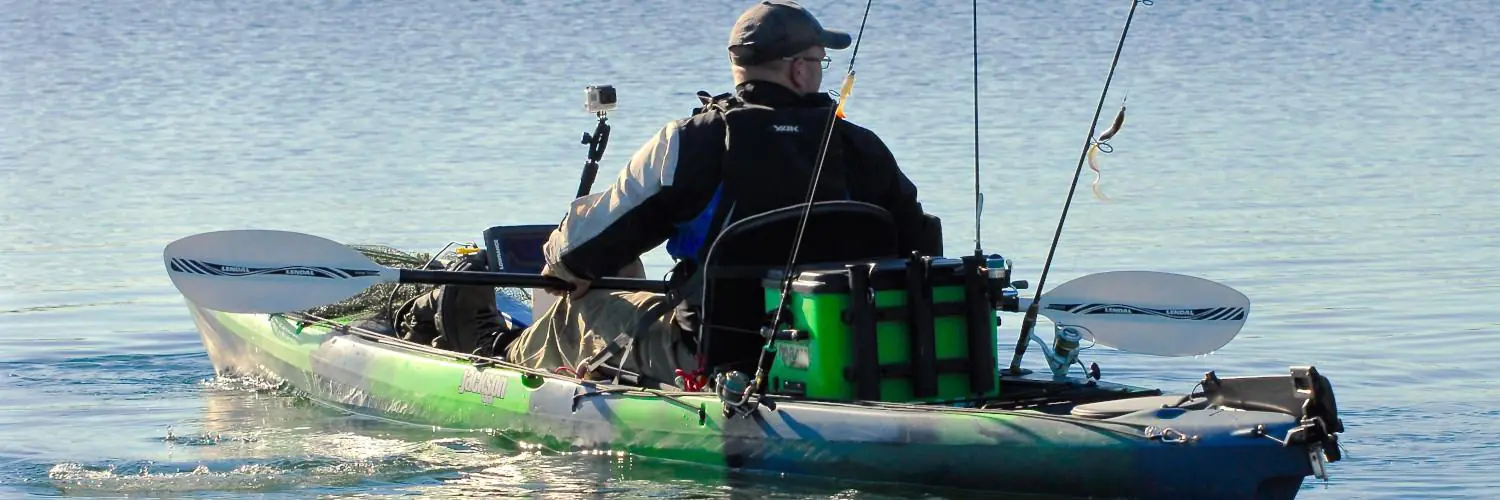The Grand Canyon, recognized as one of the natural wonders of the world, invites adventurers and nature enthusiasts to explore its depths and currents. This immense chasm, carved over millions of years by the Colorado River, presents a unique opportunity for kayaking enthusiasts looking for both tranquility and thrills. The South Rim of the Grand Canyon, often the most visited section due to its accessibility, serves as a breathtaking backdrop to a myriad of outdoor activities, with kayaking becoming increasingly popular among them.
Kayaking trips near the South Rim can vary, from smooth water excursions to white water adventures, catering to a range of skill levels and preferences. On these trips, paddlers can immerse themselves in the canyon’s grandeur, navigating the serene stretches of the Colorado River just a short drive from the South Rim. These experiences are not only about the thrill of the paddle but also about the panoramic vistas, the unique geological formations, and the diverse ecosystems that can be observed from the vantage point of the river.
Operators in the area offer a plethora of options, including half-day tours for those short on time or longer multi-day expeditions for the more daring. The option to combine a helicopter flight with a kayak tour is also available, providing breathtaking aerial views before descending to the river. Such packages are designed to create a comprehensive Grand Canyon experience, from its high vantage points down to the powerful river that carved it. Each trip is accompanied by knowledgeable guides or captains, adding historical and geographical context to the adventure, ensuring that kayakers come away with more than just physical memories of the majestic Grand Canyon.
Table of Contents
Planning Your Kayak Adventure
Kayaking through the Grand Canyon from the South Rim is an unforgettable experience that requires careful planning, including obtaining the necessary permits, choosing the appropriate kayak, and deciding whether to self-guide or hire an outfitter.
Understanding Permits and Regulations
To kayak in the Grand Canyon, one must acquire a non-commercial river permit from the National Park Service. The demand is high and the process competitive, with applications typically submitted more than a year in advance. These permits are specific for launching from Lees Ferry to Diamond Creek and are distributed through a weighted lottery system. Always check the latest regulations and permit availability on the Grand Canyon National Park’s official website or through direct contact.
Selecting the Right Kayak
Selecting the proper kayak involves considering the duration of the trip and the kayak’s weight capacity, stability, and maneuverability. For a multi-day journey:
- Sit-inside kayaks offer greater protection from the elements and are preferred for longer, more challenging excursions.
- Sit-on-top kayaks might be suitable for shorter trips or for kayakers who prioritize ease of entry and exit.
Kayak material affects durability and performance:
- Hard-shell kayaks tend to be more sturdy and responsive.
- Inflatable kayaks offer convenience and ease of transport.
Choosing an Outfitter
When selecting an outfitter, consider their reputation, safety record, and the comprehensiveness of their service. A reliable outfitter will provide:
- Essential equipment such as paddles, life jackets, and dry bags.
- Safety briefings and potential guided services.
- Local knowledge, which can be invaluable, especially for less experienced kayakers.
It’s imperative to book in advance with an outfitter, as guided trips can fill up quickly. Ensure the outfitter is licensed and authorized to operate within the Grand Canyon National Park.
Launching Points and Routes
In considering a kayak trip through the Grand Canyon from the South Rim, one must be well-informed about the launching points and the routes they provide. Key routes like Lee’s Ferry to Diamond Creek present a comprehensive view of the canyon from the river’s perspective, while various South Rim access points offer unique vistas and challenges.
Lee’s Ferry to Diamond Creek
Lee’s Ferry marks the starting point for most kayak expeditions through the Grand Canyon. Located approximately 88 miles from the nearest South Rim access points, it is the only location within Glen Canyon National Recreation Area where visitors can easily access the Colorado River.
- Distance: Approximately 226 river miles
- Duration: Typically 12 to 18 days
- Key Points Along the Route: Hance Rapids, Phantom Ranch, Havasu Creek
- End Point: Diamond Creek, the takeout point before the Grand Wash Cliffs
Lee’s Ferry allows for a relatively smooth launch, with subsequent river miles introducing kayakers to a series of rapids and calms. The journey to Diamond Creek encompasses numerous iconic river features that demand respect and preparation. It is essential to obtain the necessary permits and to be aware of river conditions and regulations.
South Rim Access Points
Gaining access to the Colorado River from the South Rim for kayaking can be a challenge due to the steep terrain. However, certain access points provide opportunities for skilled kayakers to embark on their journey. The South Rim does not offer direct river launches due to its high elevation above the river, but it acts as a gateway for logistics and last-minute preparations.
- Grand Canyon Village: Main hub for visitors; no direct river access but provides services.
- Bright Angel Trailhead: Intended for hikers; kayaks must be carried down, which is extremely strenuous.
- South Kaibab Trailhead: Another hiking trail; again, not suitable for kayak transport.
Kayakers typically transport their gear to Lee’s Ferry after preparing at the South Rim. The rim provides panoramic views that kayakers can enjoy before or after their expedition; however, the canyon’s depth and the absence of direct river launches necessitate starting the kayak journey at Lee’s Ferry or other points beyond the rim.
Navigating the Colorado River
When one sets out to kayak the Colorado River at the Grand Canyon’s South Rim, they are embarking on an adventure that involves negotiating challenging whitewater rapids and acquainting themselves with the river’s historic landmarks.
Conquering Whitewater Rapids
Whitewater Rapids Classification:
- Class I: Easy, small waves
- Class II: Moderate, with clear passages
- Class III: High, irregular waves
- Class IV: Long, difficult, with constricted passages
- Class V: Extremely difficult, long and violent
- Class VI: Unnavigable
Kayakers face various classes of rapids on the Colorado River, making it crucial to be prepared for sudden changes in water conditions. One should always wear a life jacket and be ready to navigate through the turbulent waters. Knowledge of swiftwater rescue techniques is also highly recommended.
Identifying Key Landmarks
Along the Colorado River, kayakers encounter significant landmarks which often include ancient petroglyphs etched into canyon walls. These petroglyphs serve as a connection to the past, highlighting the river’s historical importance and the cultures that once thrived along its banks. Identifying these landmarks provides not only a rich context to the journey but also aids in navigation, confirming one’s location and progress along the route.
Camping and Overnight Trips
For those planning an immersive Grand Canyon South Rim experience, overnight camping trips offer direct engagement with the natural surroundings. The availability of campsites and adherence to conservation principles is paramount for a successful journey.
Finding Campsites
National Park Service (NPS) campgrounds generally provide a variety of options for those looking to kayak and camp in the South Rim area. Availability varies with peak seasons, and reservations are often required. Private campgrounds also offer accommodations, with a range of amenities from basic to full hook-ups. Some sites offer access to the Colorado River, facilitating early morning launches for kayakers. Prospective campers should book well in advance and confirm that kayaking access is available from the campsite.
- Mather Campground: Advance reservations needed
- Desert View Campground: First-come, first-served
- Private Campgrounds: Variable amenities and reservation policies
Leave No Trace Principles
When camping in or near national parks like the Grand Canyon, adhering to Leave No Trace principles is crucial. They ensure minimal impact on the environment, preserving it for future generations. Campers should:
- Plan and Prepare:
- Check the NPS guidelines specific to Grand Canyon.
- Prepare for restrictions on campfires and wildlife interaction.
- Dispose of Waste Properly:
- Use designated facilities or carry out all trash.
- Human waste must be disposed of in a manner prescribed by the NPS.
- Leave What You Find:
- Do not take natural objects or disturb wildlife habitats.
- Minimize Campfire Impacts:
- Use established fire rings, and never leave a fire unattended.
- Respect Wildlife:
- Observe from a distance, and do not feed animals.
- Be Considerate of Other Visitors:
- Keep noise to a minimum and leave campsites clean.
What to Bring
When preparing for a kayaking trip along the Grand Canyon’s South Rim, kayakers need to ensure they have the appropriate gear and supplies for the journey. The following subsections detail the essentials for both kayaking equipment and nourishment needs.
Packing Essentials for Kayaking
Personal Floatation Device (PFD): Each kayaker must have a U.S. Coast Guard-approved PFD that fits well and is suited for the specific water conditions of the Colorado River.
Helmet: A properly fitting helmet is critical for protection, especially when navigating through rapids.
Kayak and Paddle: Select a kayak suited to the demands of the Grand Canyon’s waters. A sturdy, reliable paddle is equally important.
Dry Bags: To keep personal items and food supplies dry, one should have a variety of dry bags in different sizes.
Sun Protection: Long-sleeve shirts, sunscreen, sunglasses, and a broad-brimmed hat will help protect against the sun’s intensity.
Footwear: Closed-toe, secured sandals or water shoes provide protection and grip on wet surfaces.
Food and Water Supplies
Food:
- Pre-packaged high-energy snacks (e.g., nuts, energy bars, jerky)
- Easy-to-prepare meals for longer trips
- Waterproof and bear-proof food containers
Water:
- Minimum of one gallon per person per day
- Water purification method (tablets, filters)
- Collapsible water containers for portability
It is crucial for every kayaker to manage their food and water supplies carefully to maintain energy levels and hydration throughout the adventure.
Safety and Emergency Preparedness
Kayaking the Grand Canyon’s South Rim can be a life-changing experience, but ensuring one’s safety and being prepared for any emergencies are paramount. A kayaker must equip themselves with the necessary gear and knowledge to handle potential challenges, including rescue techniques and wildlife encounters.
Rescue Techniques
In the event of a capsize or other emergencies on the water, a kayaker should be fluent in self-rescue and have the ability to assist others. Essential techniques include:
- Wet Exit: Safely exiting the kayak.
- Eskimo Roll: Righting the kayak without exiting.
- T-Rescue: A maneuver where another kayaker helps to right a capsized kayak.
Wildlife Encounters
The Grand Canyon is home to diverse wildlife, and respectful encounters ensure safety for both wildlife and kayakers. If confronted by wildlife:
- Stay calm: Avoid sudden movements that may startle animals.
- Keep distance: Maintain a safe and respectful distance at all times.
- Do not feed: Feeding wildlife disrupts natural behaviors and can be dangerous.
Highlights of the South Rim
The South Rim of the Grand Canyon presents a stunning array of natural vistas and hiking opportunities, captivating visitors at the numerous scenic points and along diverse trail options.
Scenic Views from Key Vantage Points
At Grand Canyon Village, a focal hub of activity on the South Rim, guests can easily access several remarkable overlooks. Mather Point is often the first stop for many, offering panoramic views just a short walk from the Visitor Center. Yavapai Point, with its geological museum, provides detailed insight into the canyon’s formation alongside breathtaking vistas. To the west, Hopi Point is renowned for its wide-ranging perspectives, especially during sunrise and sunset.
For those seeking less congestion, Yaki Point is a quieter choice with equally striking scenes. These viewpoints are connected by the South Rim Trail, a paved path that allows visitors to walk between many of these iconic outlooks.
| Key Vantage Points | Features |
|---|---|
| Grand Canyon Village | Central hub with access to multiple viewpoints |
| Mather Point | First panoramic view for many visitors |
| Yavapai Point | Geological insights and expansive views |
| Hopi Point | Favored spot for sunrise and sunset views |
| Yaki Point | Quiet and scenic, away from larger crowds |
Trail Options for Hikers
Hikers can embark on trails that cater to various experience levels. For a moderate hike, the trail from Grand Canyon Village to Plateau Point presents a challenging yet rewarding journey, culminating in a dramatic overlook far below the rim. The South Rim Trail, accessible to all visitors, offers a more leisurely experience with the freedom to explore at one’s own pace. Stretching for miles, this mostly flat path includes several shaded rest areas with benches.
For those prepared for a strenuous trek, the descent down to the canyon floor via trails like Bright Angel or South Kaibab provides an immersive Grand Canyon experience. Visitors should be aware that these trails are demanding and require ample preparation.
| Trail Name | Difficulty | Distance | Description |
|---|---|---|---|
| Plateau Point Trail | Moderate | 12 miles round trip | Leads to a spectacular viewpoint below the rim |
| South Rim Trail | Easy to Moderate | Up to 13 miles one way | Offers easy access to various landmarks and views along the rim |
| Bright Angel/South Kaibab Trails | Strenuous | Varies | Descend into the canyon, providing unique perspectives and challenges |
Hikers are encouraged to check in at the Visitor Center for the latest trail conditions and safety information before setting out on their Grand Canyon adventure.
Extending Your Grand Canyon Experience
For those wishing to elevate their Grand Canyon National Park adventure beyond the scenic overlooks, combining rafting and hiking excursions or exploring nearby attractions offers a deeper immersion into this natural wonder.
Rafting and Hiking Combination Trips
For an all-encompassing Grand Canyon trip, rafting and hiking combination trips are an exceptional choice. Visitors can embark on a smooth water rafting journey starting below the Hoover Dam in the Black Canyon, a stretch known for its gentle currents, making it ideal for families. After the tranquil rafting experience, adventurers may opt for a guided hike to famous sites such as Phantom Ranch, nestled at the bottom of the canyon. This dynamic fusion of activities presents both unique perspectives of the grandeur from the river and intriguing vantage points from the trails.
Visiting Surrounding Attractions
The Grand Canyon experience doesn’t have to end at the South Rim. Venturing to surrounding areas can add rich layers to the excursion:
- Glen Canyon: Located nearby, offers additional rafting opportunities with picturesque landscapes comparable to the Grand Canyon itself.
- North Rim: Quieter and more remote, it provides a different perspective of the canyon with less commercial development and more challenging hikes.
In summary, extending a Grand Canyon trip by integrating rafting and hiking excursions and visiting neighboring attractions can transform a simple visit into a multifaceted exploration of this extravagant natural wonder.

